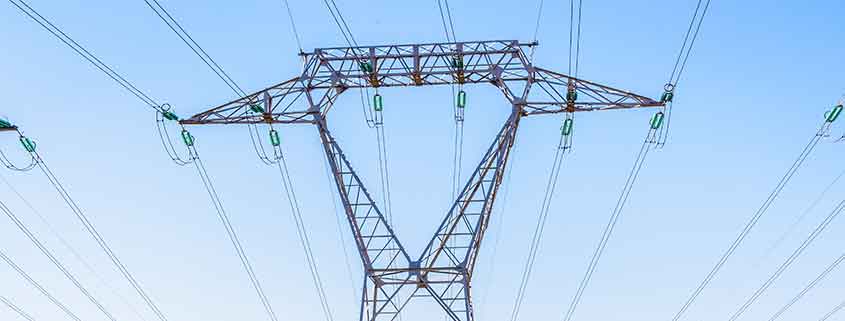Rambla Salvador Samà, 47
Vilanova i la Geltrú – Barcelona – Spain
CONTACT FORM

Low-frequency magnetic and electric fields are an invisible form of energy transmission. They are also known as radiation.
They are generated by high voltage lines, transformers, telecommunication antennas, household appliances, computer screens or beds with electric motors, and can be increased in faulty electrical installations.
The alternating magnetic field appears at the moment when electricity is consumed, i.e. there is movement of electrons. It consists of a magnetic force around the space through which the electrons move. As the charge of moving electrons increases, the magnitude of the magnetic field also increases.
The magnitude of these fields depends on the distance to the emission source. They act on the human body through the induction effect and generate parasitic body currents that can cause disturbances in the fundamental biological processes of the human body.

Alternating electric fields are produced by voltage or potential difference. It is the area of space where the intensity of an electric force appears. This force is directed radially from a higher potential to the lower one, and finally to the origin of the field, the earth.
They act on people in such a way that the field strengths can redistribute the charges of the different organs of the body, also generating parasitic body currents. They are less penetrating than the magnetic field and therefore have a lower capacity to affect the body’s organs.

The human being is a bioelectrical organism and is affected by artificial magnetic and electric fields.
By the effect of low frequency magnetic fields, the production of the hormone melatonin is altered. Melatonin plays an important role in human biorhythms, reproduction, growth and the immune system. The direct consequences of a decrease in its production can be sleep disorders, psychological disorders (depression) and degenerative diseases (Alzheimer’s, Parkinson’s).
Since 2002, low frequency magnetic fields have been considered by the World Health Organization (WHO) as possible human carcinogens.
In 2015, the European Commission’s Scientific Committee on Health, Environment and Emerging Risks (SCHEER) indicated that, in general, epidemiological studies of low-frequency fields show an increased risk of childhood leukemia with average daily magnetic field exposures greater than 0.3-0.4 μTesla.
More recent studies have shown a direct relationship between magnetic fields and miscarriage. Specifically a 2017 study by the National Institute of Environmental Health Sciences (NIH) has found that “women exposed to higher MF levels had almost three times the risk of miscarriage than those with lower MF exposure”.

As for the magnetic field, the measurement is performed by means of voltage induction in stationary coils. The measurements obtained include the recording of the low-frequency magnetic flux density (nTesla) of the electric current of the network with determination of the dominant frequency.
The measurement of the electric field includes the intensity of low-frequency electric fields (V/m) and of the induced voltage in people’s bodies (mV) with determination of the dominant frequency.
The most effective measures to prevent magnetic and electric fields are to keep away from emission sources. Shielding electric fields is also relatively easy and inexpensive using massive materials.
Based on the results of the measurement, the use of conductive materials connected to an electrical ground to divert the electric field, or the use of a mains disconnector, a device that automatically cuts off the voltage when there is no demand for electricity, can be considered.
Rambla Salvador Samà, 47
Vilanova i la Geltrú – Barcelona – Spain

2025 © Copyright - Carles Surià